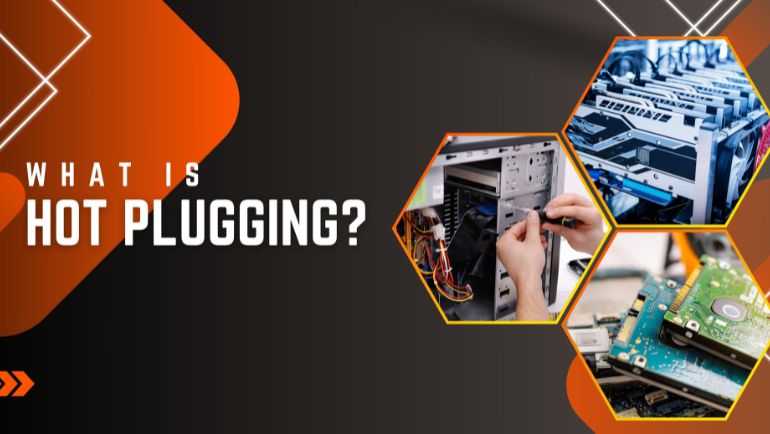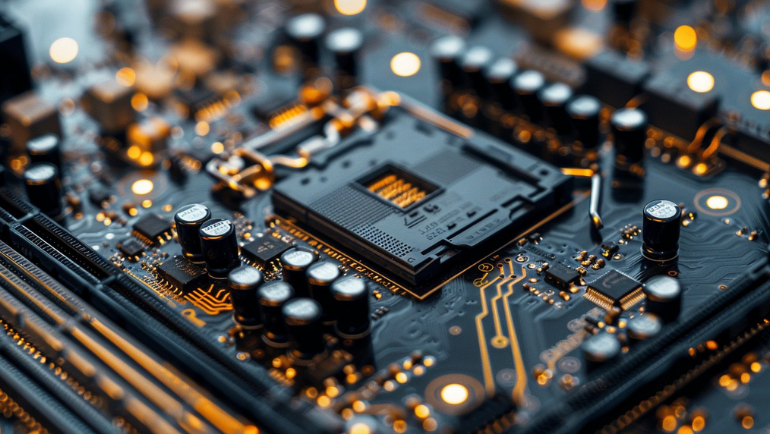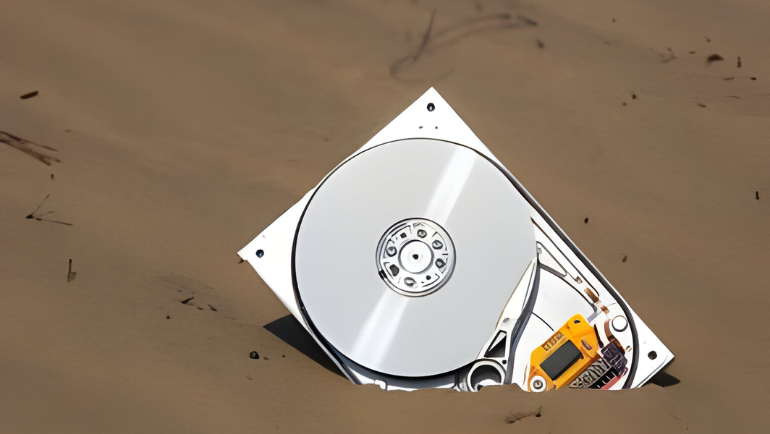
Operating System (OS) interruption during device addition or removal reduces system efficiency. Hot plugging allows users to connect peripheral devices like USB or printers without disrupting the OS. Hot plugging plays a vital role in saving user time and increasing flexibility. Let’s dive deeper into the world of hot plugging, exploring its workings, uses, and benefits.
What Is Hot Plugging?
Hot plugging is a feature used to add or remove a device while the system runs. It does not interrupt the OS and requires no reboot. The defining feature of hot plugging is its plug-and-play feature, which provides instant access to the connected device. This feature is crucial for high-performance systems that run 24/7, like servers or data centers. The opposite of hot plugging is cold plugging, where the system is turned off when devices like CPU or GPU are added.
How Does It Work?
Hot pluggable devices have different connectors called ‘tongues’ to regulate voltage. Each tongue has a different size and varies from interface to interface, but the working principle remains the same. Hot swapping technology uses three tongues of various lengths to prevent Electrostatic Discharge (ESD), power surge, and OS disruption. Here, all three of them are explained in detail:
- Longest Tongues
- Second Longest Tongues
- Shortest Tongue
Longest Tongues: Prevents a sudden ESD and ensures no electric charge is generated between the hard Drive and the system.
Second Longest Tongues: The overcurrent protection feature stops high electrical surges during insertion. During power surges, It disconnects the device and monitors the current.
Shortest Tongue: Manages power distribution and connects data lines with supply voltage during hot plugging.
Hot Plugging Devices

The main purpose of hot-pluggable devices is to expand the system’s functionality and provide seamless integration. For Example, connecting a Wi-Fi card to the USB port works with OS and drivers to configure itself without rebooting.
Types of Hot Plugging Devices
Common hot-pluggable devices are Hard Disk Drives (HDD) and solid State Drives (SSD), and peripheral devices like USB, keyboards, and laser and inkjet printers, which have hot plugging technology. They are more flexible and have higher mobility compared to hot-swappable devices.
Popular Hot Plugging Devices for Sale
Hot pluggable devices are easy to use and do not require any safety guidelines. You can find a variety of hot plugging devices for sale at Computing Worlds, and here are some famous products among those.
- ST18000NM000J Seagate 18TB Exos Hard Drive
- D460AM-03 Dell 460-Watts Power Supply
- ST8000NM0085 Seagate 8TB Hard Drive
- Z390-PRO MSI Server Motherboard
- X10DRI SuperMicro Intel Xeon Server Motherboard
You can also request a bulk quote online for the required hot-plugging devices.
Advantages of Hot Plugging

Hot plugging offers diverse advantages; let’s explore some of them.
- Convenience: Connecting or disconnecting peripheral devices without powering down the system is convenient. For Example, plugging an external storage device on a moving train.
- Greater Flexibility: Prevents static build-up even in dry environments, minimizing data loss probability.
- Improved Productivity: Eliminates interruption and saves time by quickly adding or removing devices, maximizing productivity.
- Compatible: No specific system requirements, making it compatible with most applications except for the old ones.
- Safety Hazard: Hot Plugging is essential for systems because the static between the components can cause permanent damage.
Frequently Asked Questions:
What is a Hot-plug SSD?
You can remove or replace an SSD from the system without turning it off.
What Does HDMI Hot Plug Mean?
You can safely plug the HDMI cable into the running device without shock.
What Is Hot Plug Detection?
Hot Plug Detection (HPD) lets systems detect and configure newly connected devices automatically. Hot plugging offers an easy way to plug in devices and enhances mobility without compromising performance. Therefore, 24/7 operational systems must have hot-pluggable devices for instant integration of devices to widen system capabilities. Enterprises opt for both hot-swappable and hot-pluggable devices and system components such as DDR3 and DDR4 RAMs to create a mission-critical system environment.
For more updates on different device features, stay connected to the Computing Worlds blog.






